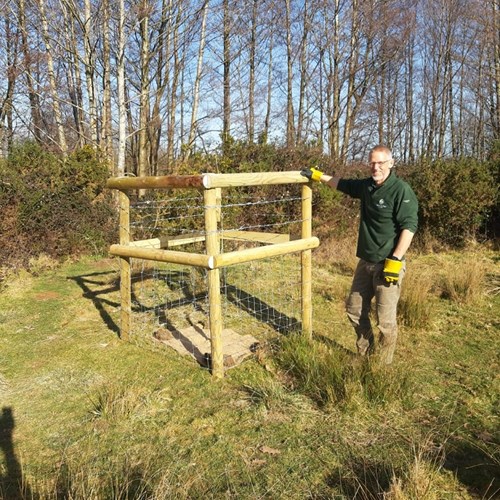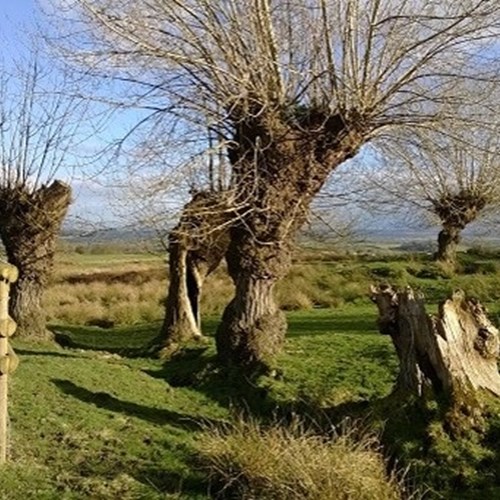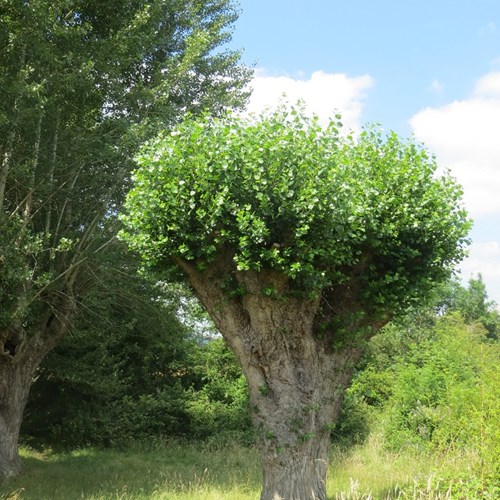The future of the Black Poplar trees in the Malverns are more secure after new trees were planted on Castlemorton Common.
The Malvern Hills Trust, the charity that owns and cares for 1,200 hectares of the Malvern Hills and Commons landscape, has planted young trees with small genetic differences from the local population to provide better resistance against the threat of disease.
The Black Poplar is Britain's most endangered native timber tree. The Woodland Trust estimates that around 7,000 wild Black Poplars now grow in Britain, and only 600 of those are female.
Andy Pearce, Conservation Officer at the Trust said " The Black Poplar is dioecious which means that the trees are either male or female and for reproduction to occur, both sexes of trees need to be present in close proximity. Due to the low number of female trees in the landscape the species has declined as there are very few young trees to form the next generation."
In previous years, cuttings of local trees have been taken and propagated to provide new trees for the future.
Andy added "The risk of taking cuttings from local trees is that all the trees are clones of each other and therefore are all at risk should they become infected with a disease. We are seeing the devastating impacts of tree diseases in our ash trees and so want to give these special trees a fighting chance."
The saplings planted this winter have been grown from cuttings from Black Poplars in Pembridge, Herefordshire which have a different genetic make-up and add some genetic diversity to the local population.
These rare trees can be found dotted across the Malvern Hills landscape with a collection on Castlemorton Common and individuals at Poolbrook Road. Black Poplar trees can live for over 200 years and often have thick, gnarly trunks.



